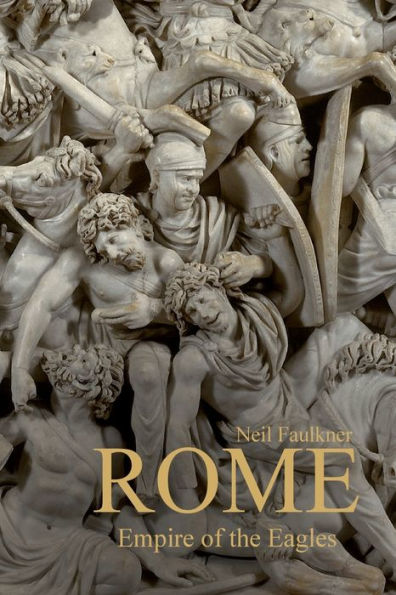Within the empire the landowning elite creamed off the wealth of the countryside to pay taxes to the state and fund the towns and villas where they lived. The masses of people – slaves, serfs and poor peasants – were victims of a grand exploitation that made the empire possible. This system, riddled with tension and latent conflict, contained the seeds of its own eventual collapse.
Within the empire the landowning elite creamed off the wealth of the countryside to pay taxes to the state and fund the towns and villas where they lived. The masses of people – slaves, serfs and poor peasants – were victims of a grand exploitation that made the empire possible. This system, riddled with tension and latent conflict, contained the seeds of its own eventual collapse.

Rome: Empire of the Eagles, 753 BC - AD 476
378
Rome: Empire of the Eagles, 753 BC - AD 476
378Paperback(New Edition)

Product Details
| ISBN-13: | 9781408229200 |
|---|---|
| Publisher: | Taylor & Francis |
| Publication date: | 11/05/2009 |
| Edition description: | New Edition |
| Pages: | 378 |
| Product dimensions: | 5.00(w) x 7.70(h) x 0.90(d) |
